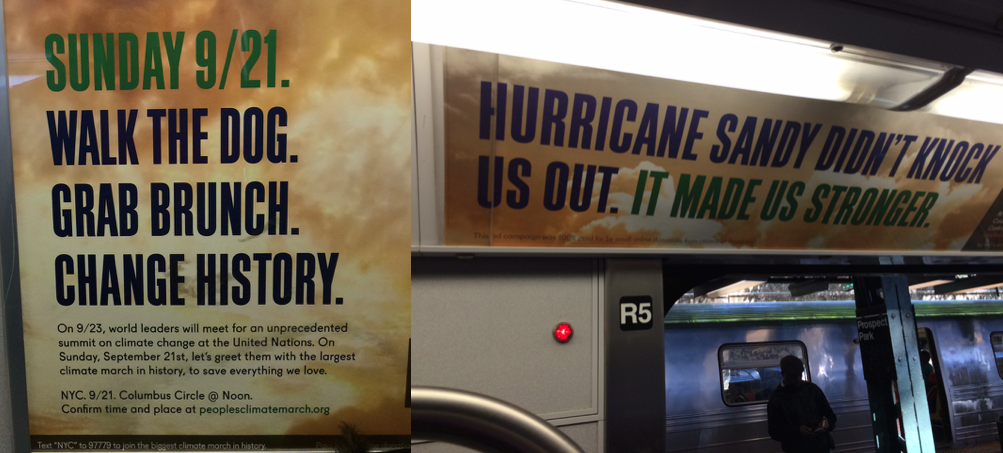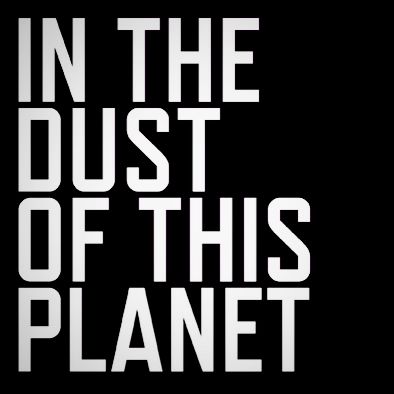 “We need art that does not make people think (we have quite enough environmental art that does that), but rather that walks them through an inner space that is hard to traverse.” Timothy Morton, Hyperobjects
“We need art that does not make people think (we have quite enough environmental art that does that), but rather that walks them through an inner space that is hard to traverse.” Timothy Morton, Hyperobjects
How can artist and designers assist publics in engaging the challenges we face without guilt and depression?
Rethinking How We Think about Climate Change, Elizabeth Kolbert, Audubon Magazine
“it’s hard even for people who are privately worried about climate change to discuss the issue in public, because they feel guilty about the situation and, at the same time, helpless to change it. “We have a need to think of ourselves as good people,” she says. The lack of discussion about the issue feeds itself: People believe that if it really were a serious problem, others would be dealing with it. “It’s difficult for people to feel that climate change is really happening, in part because we’re embedded in a world where no one else around us is talking about it,” Norgaard says. “It becomes a vicious cycle between the political gridlock and the cultural and individual gridlock.”
In the Dust of this Planet, RadioLab: From the RadioLab program, what does the phrase “In the Dust of this Planet” mean to you? Why do you think artists, musicians, stylists, designers, philosophers, pop-culture and the general public have been drawn to this phrase? Do you think its popularity is specific to this cultural/environmental moment, why or why not? Do you agree that many people use pop-culture as an escape from having to deal with the burdens of reality (discussed at 25:30 in the program)? If that is the case, what might that mean for making art in/about the Anthropocene that actually tries to make difficult realities, such as about climate change, real to audiences?
Section three “III Uncivilisation” of the Dark Mountain Manifesto (Links to an external site.) (you are welcome to read the entire manifesto, but you can access section three by scrolling mid-way down the page)
After reading “III Uncivilisation” from the Dark Mountain Manifesto, how would you describe “uncivilized writing”? What does it make possible? According to this Manifesto, what is the one story that artists can tell through “uncivilized writing” that is different than what mainstream culture tells itself about the state of the planet today? Do you find the idea of “Uncivlisation” powerful? Why or why not?
Canary Project’s Modern Primitive Exchange (Links to an external site.)
What do you think of the phrase, “Design and Ideas for End Times” on the Modern Primitive Exchange website? Is it effective? What do you think of the projects featured on this blog?
